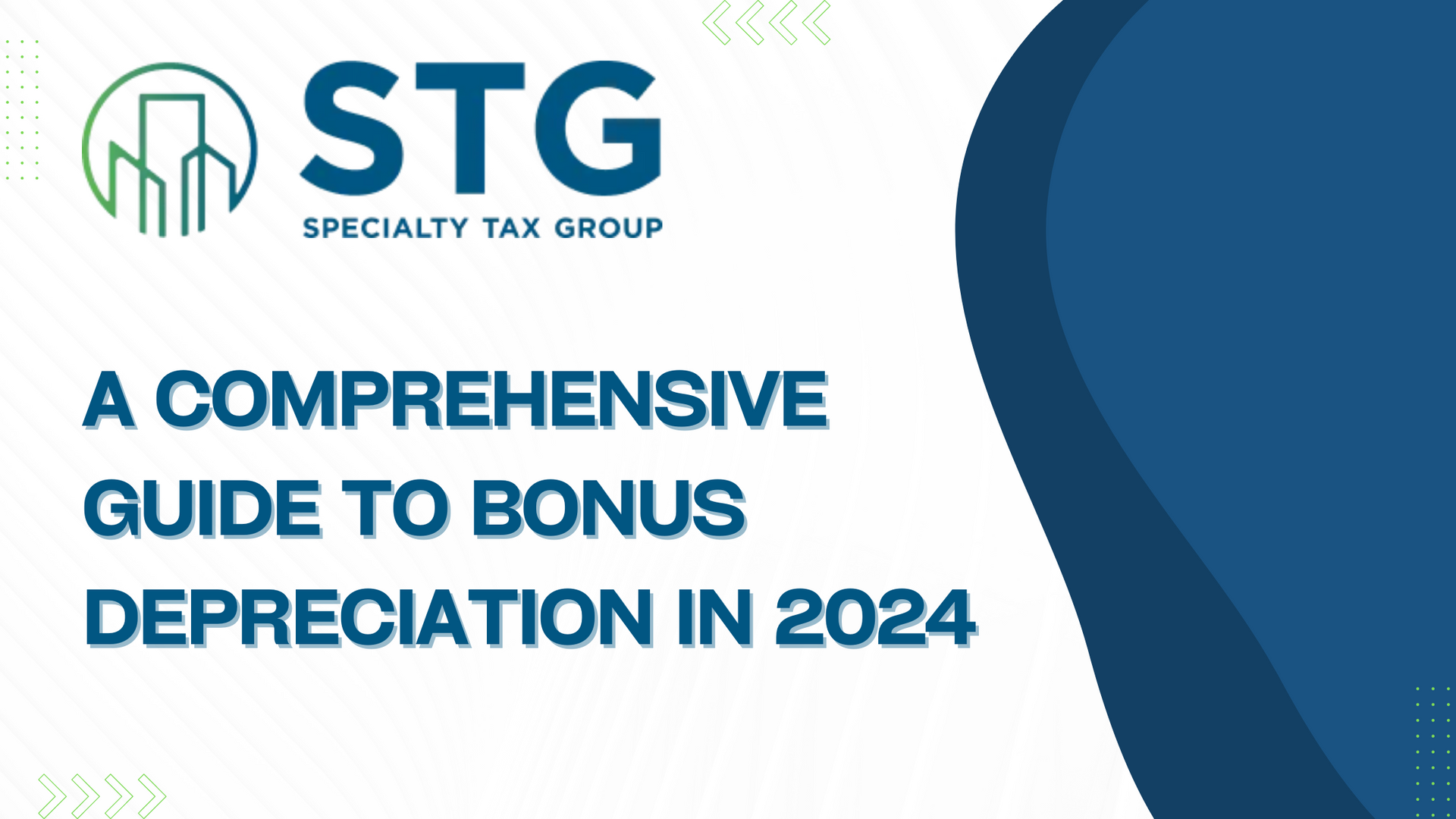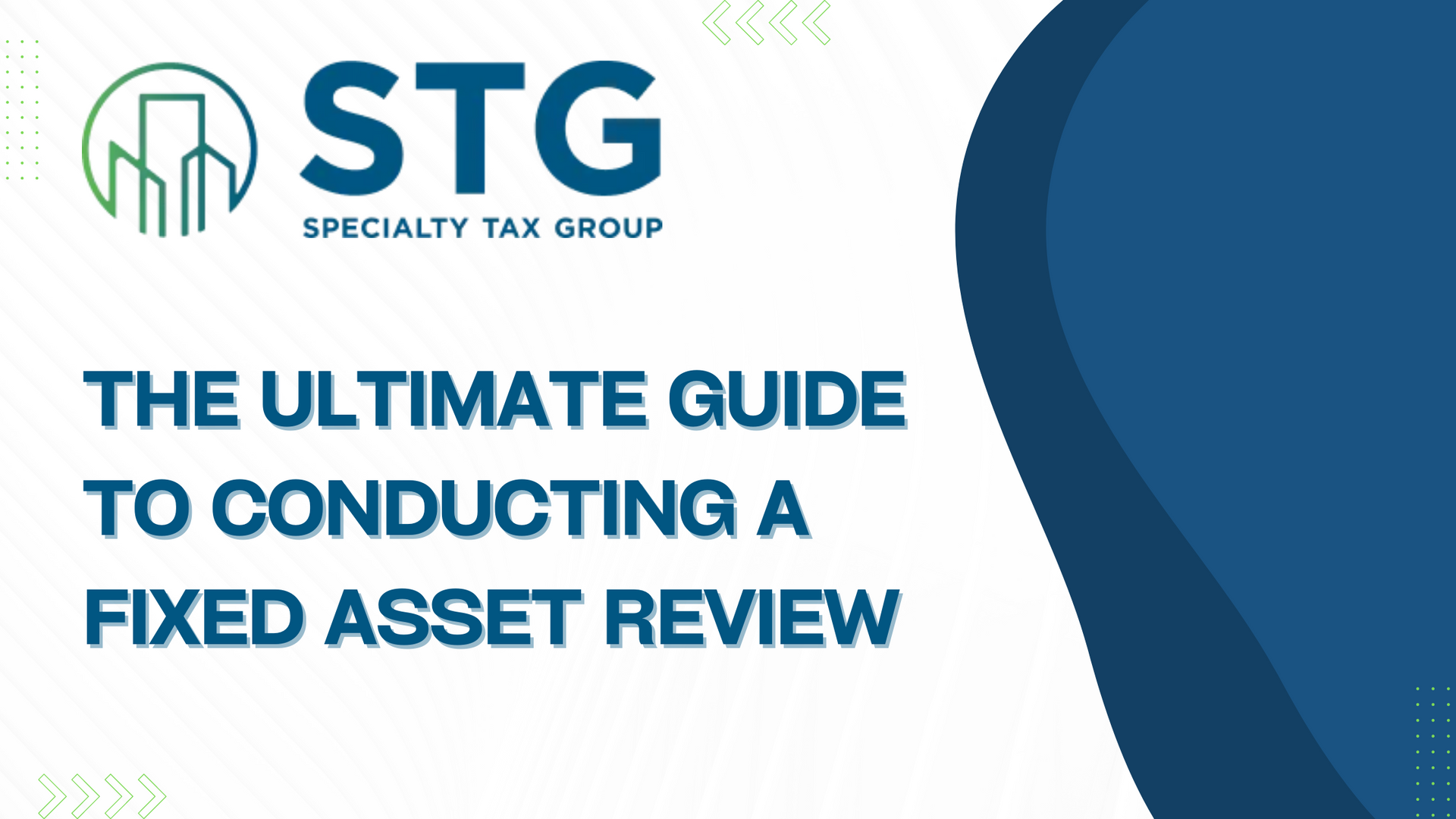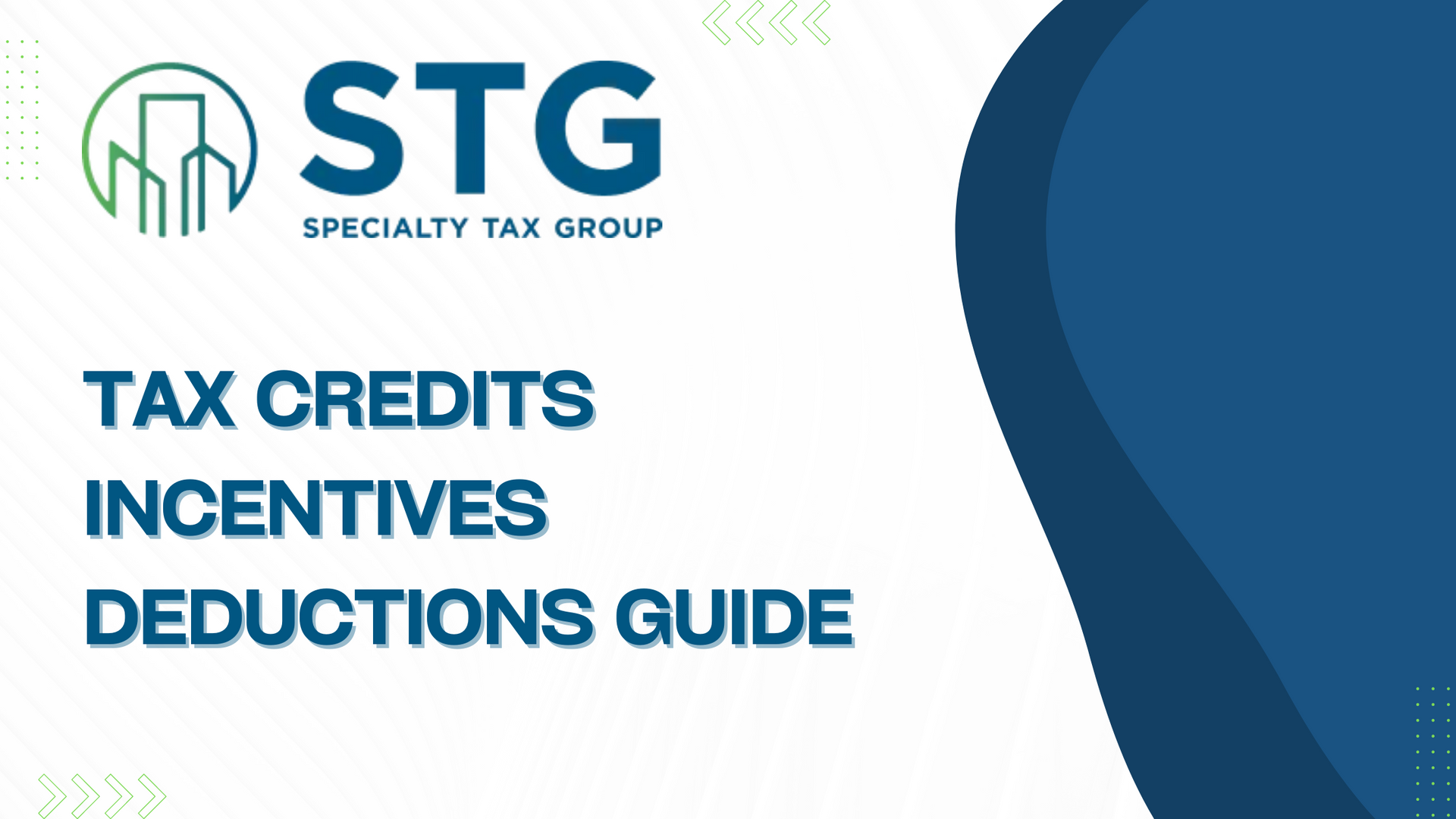Specialty Tax Group
Green Energy Incentives
45L Tax Credit For Residential Structures
Tax legislation recently extended the 45L Energy Efficient Home Credit which offers a $5,000 per dwelling unit credit to owners and developers of energy efficient homes and multi-family buildings. The building must be three stories or less and must incorporate energy efficient features such as high R-Value insulation and roofing, windows, doors, and/or HVAC systems.
Eligible 45L Tax Credit Apartment Buildings & Condos: A dwelling unit should provide a level of heating and cooling energy consumption that is significantly less than certain national energy standards, dependent on when the unit is sold or leased. Based on current construction trends, many developments already exceed these standards. All residential developments and apartment buildings completed within the last 4 years are worth assessing for potential 45L tax credits. Eligible construction also includes substantial reconstruction & rehabilitation. Homebuilders and developers can still claim the 45L tax credit retroactively if they did not claim them on previous tax returns.
Examples of housing for which this credit applies includes: Apartments, Condos, Affordable Housing, Assisted Living Homes & Student Housing.
179D Tax Deduction For Commercial Structures
Building owners, architects, contractors and designers can qualify for up to $1.80 per square foot deduction for installing energy efficient lighting, heating and cooling systems and building envelope.
Over the past several years, Congress has placed an emphasis on green building and energy independence initiatives. So much so that this incentive was extended by the Consolidated Appropriations Act, 2021 and applies to residences sold or leased on or before December 31, 2021.The §179D Energy Efficient Commercial Building Deduction is a Federal tax incentive designed to promote taxpayers to construct energy efficient buildings as well as encourage building owners to make improvements to existing structures that reduce energy and power costs. As an added inducement, architects, engineers, contractors, environmental consultants or energy services providers may also be eligible for the incentive on public projects.
This incentive is often referred to as the EPAct Deduction after the Energy Policy Act of 2005, which created it, or as the §179D Deduction, which relates to the Internal Revenue Code section that codified it.
For more information about our Green Energy Incentives services:
Ready For A Conversation?
Contact us today and our friendly team will reach out as soon as possible.
Our Recent Posts
Read Our Blogs
All Rights Reserved | Specialty Tax Group | Powered by Automationlinks | Privacy Policy




